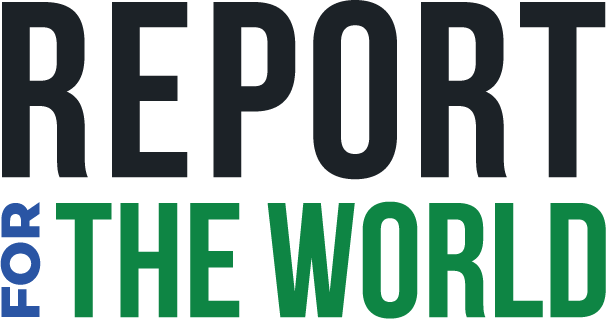By Rania Itani
For communities in many rural regions climate change is a reality that they have to contend with every day, even if they don’t know the term. The noticeable impact on their crops and livestock is an indicator that things have changed. And sometimes even seemingly contradictory occurrences, like floods and drought have a common link.
Those links were the subject of a recent story by Report for the World corps member Vaishnavi Rathore, who traveled to Lahaul, India, to report on how the melting of glaciers in the Himalayas is upending the life of the people in the region.
We spoke with Rathore to learn more about her approach to a complex story like this one, how she conducted her ground reporting and hear her advice for other environmental reporters.
The interview has been edited for length and clarity.
Report for the World: In your recent story you interview a villager who is quite aware of the connection between climate change, the melting of the glaciers and the lack of water in his village. How common is this in India? How aware are those who suffer the consequences of climate change of its effects?
Vaishnavi Rathore: People who are living in geographies that are experiencing the impacts of climate change are very aware of it, whether it’s the melting glaciers in Lahaul, rising sea levels in Odisha, or how the rain patterns are changing in Rajasthan. They are the ones living these impacts, and finding ways to maintain resilience against the way the world around them seems to be changing.
The only difference, perhaps, is that they might not be using the term “climate change”. Even the Hindi translation of it—“jal vaayu parivartan”—is not something that is used colloquially, apart from the communication at the government level, or within NGOs. They have their own vocabulary to explain and communicate the impacts. So, I have heard things like “global warming” in Lahaul, where the primary impact of climate change has been the increasing temperatures and melting glaciers. In Odisha, people said “the sea ate up our villages” to explain the rising sea water, and elsewhere, people told me that “the environment seems to be changing.”
As a reporter, I learnt that the way to document such impacts is to try to use the vocabulary they have developed. Other times, I break down the various components of what impacts of climate change would include, and we go step by step into the conversation, talking about how the weather pattern has changed, how that has impacted agriculture, or how snowfall has changed, and how that has impacted the water availability in springs and streams, or how there seems to be more pests and diseases in their fields and livestock, as a result of change in temperature.
I think it’s important to understand that not everyone would combine all these impacts under the umbrella term of “climate change,” and we need to understand and learn how people are documenting these impacts. And when I do that, the learning I get is immense! In Lahaul for instance, I learnt that there are different types of snowfall for different times in the year. In winter, the snowfall is denser, and stays longer, thus helping rejuvenate the groundwater. In summer, the snowfall is much lighter, and melts away quickly, and thus plays a lesser role.
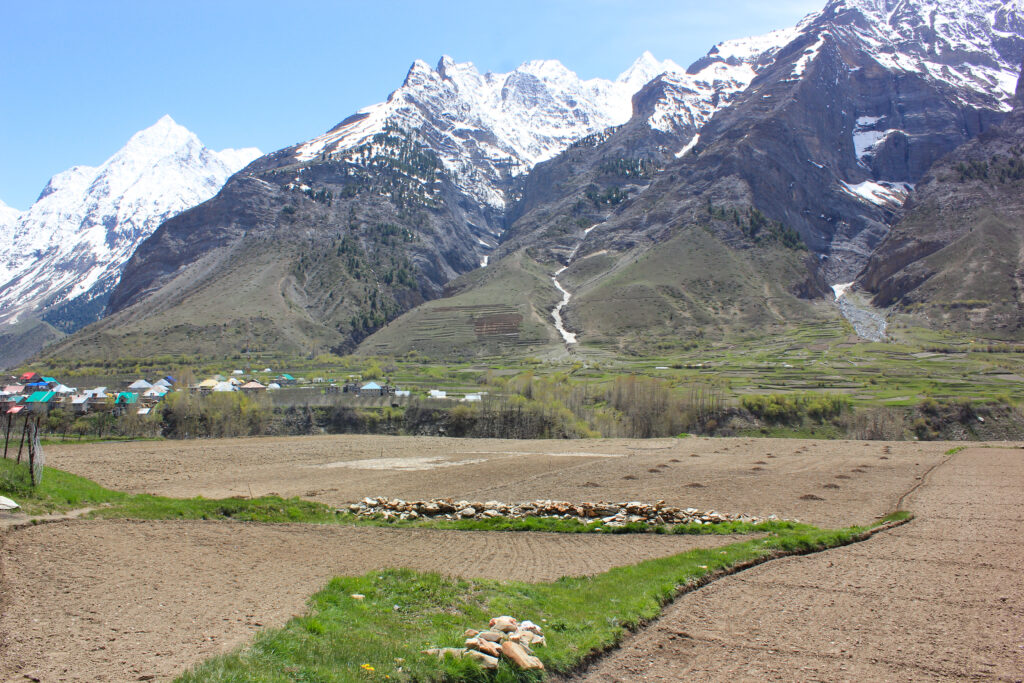
RFW: Stories like these are complex and have multiple threads that connect with each other. How do you approach your reporting and your writing to make sure you’re presenting a full picture?
Rathore: Lots of interviews with different stakeholders and a lot of writing! I usually document as many observations as I can, what I see, the folk tales people have associated with the sea, mountains, and forests. I do not restrict myself in thinking how this might relate to the story, I leave that for later when I am back and have had time to process the information and structure my story.
A lot of what makes it into the story is also conversations that happened not during the formal interview process, but over a cup of chai, while cooking, or while walking. It was around a bonfire in peak winter in Rajasthan that people told me about how a canal in their district, while making water available, had changed the land use of the region, impacting the pasture of cows. In Lahaul, people told me folklore associated with snow fall in the district, and how they could not associate (the phenomenon) with the folklore anymore because of the changing snowfall patterns.
Interviews with government officials are also a key component, it gives an idea of how they are preparing and responding to climate change. In Lahaul, for instance, the irrigation and public health department is finding themselves in a flux as more people approach them in the summer, requesting them to take steps to deal with the water scarcity.
When I spent time with the department and accompanied them to new sources of water that they were trying to tap, I found that they faced challenges like a budget crunch, the difficult geography, and the limited season available to work between the harsh winter and the rains. I believe that this understanding is key to give the full picture of what’s happening at the hyper-local level. Then of course, I also interview scientists or geographers or other experts that are familiar with the geography of where my story is rooted and might have done some analysis. Wherever I can, I also try to find research and studies already done on the issue I’m covering to strengthen the arguments that the piece might be making.
Once I’m back, a flow diagram on my whiteboard or a sheet of paper helps me tie all these multiple threads together, before I start writing it down.
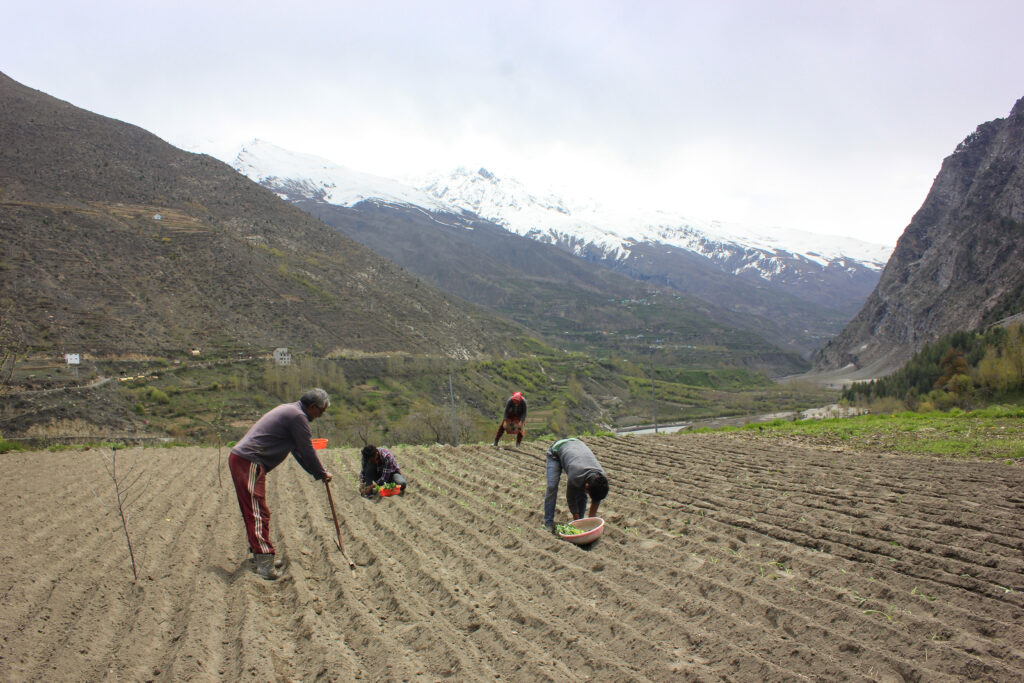
RFW: What are some of the challenges of reporting on the environment and climate change in India?
Rathore: One of the larger issues is connecting the impact that is visible to climate change. For instance, in a story that I did about people migrating from Odisha to Kerala because of sea level rise, we had to ensure that if we are calling them “climate migrants” then we need to be sure that the push factor of migration is dominantly due to climate change. It’s not always an easy task. For many stories that I want to pursue, I have found a lot of anecdotal evidence of local communities but have not been able to find scientific research to help make stronger claims.
This happened when I was doing a story on how lumpy skin disease, a fatal disease in cows that killed thousands in 2022, is connected with climate change. Another time, my colleague and I were doing a story on how functioning and dead windmills in Gujarat have impacted people’s health and environment around them. For both these, we found that there was a dearth of scientific research making these connections, and the stories were largely dependent on anecdotes. But, as another colleague pointed out, as reporters, we often give the first draft of history. So, perhaps, such stories could trigger and inspire more scientific research.
The other challenge is what academics call “climate reductionism”, which is the threat of pinning down an impact to just climate change. And this is something reporters have to be careful about. The effects that people are facing is often not just because of the changing climate—Odisha’s migration is not just due to the rising sea levels, but also due to the cyclones that have always hit the coast, the increase in trawlers in the sea that are dominating the fishing industry and weakening the economies of small scale fisherfolk. Similarly, in Lahaul, while climate change has created the havoc of increasing floods and creating more water scarcity simultaneously, it’s important to note that development in the mountains like tunnels, a hydro project, and highway construction have also contributed to how rivers behave and flood. We need to be aware of the multiple realities and bring them into our stories.
The last challenge is the funding to report on these stories. Because of the support received from Report for the World and Scroll, I have been able to travel to remote areas. For such in-depth reporting, we also have to spend time on the ground for multiple interviews, which can take 4 to 6 days. All of these logistics of travel need resources. Not a lot of media houses in India currently have that for climate stories, and this is a huge challenge.
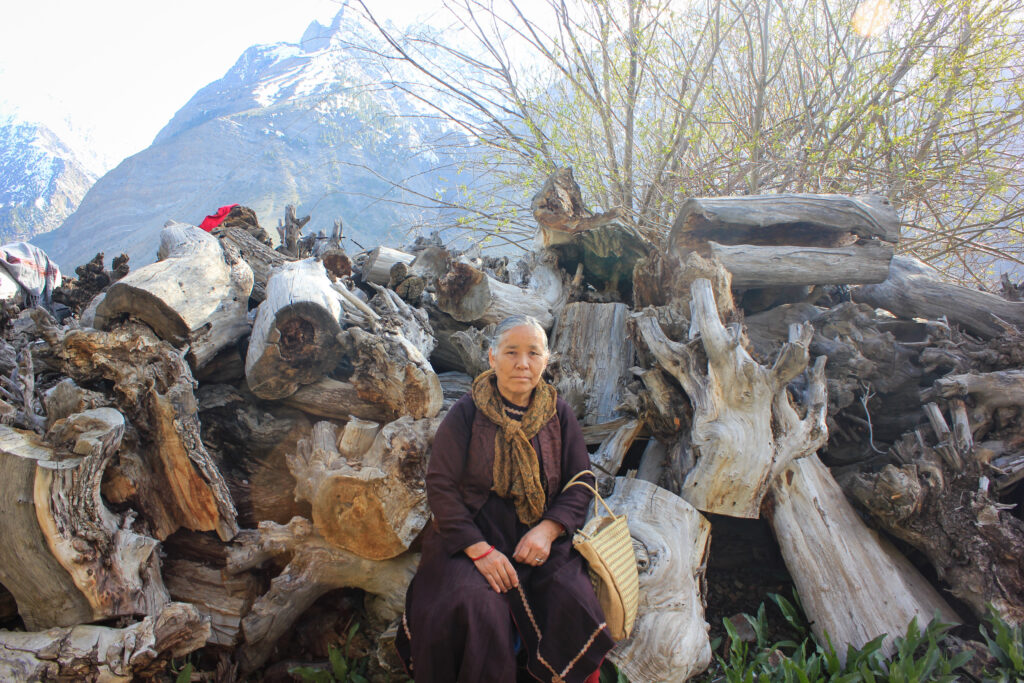
RFW: How often do you encounter misinformation about environmental themes during your reporting and how do you address it?
Rathore: I do at times come across misinformation. I remember when I was reporting on lumpy skin disease in Rajasthan, we were also talking about major locust attacks that Rajasthan had experienced in the last two years. I was told by someone that this was a ploy by Pakistan (Rajasthan borders the country) and the locusts were “launched” by the neighbouring country to cause harm. He very seriously subscribed to this view. In such cases, I usually try to engage a little with them, trying to understand how they found this information, and why they trust the source.
In other cases, if I sense that some information being shared with me during interviews seems slightly off, I try to confirm with other local community members, as well as experts to check the plausibility of it. For instance, in my reporting in Lahaul, I was told by many that it was after the opening of the Atal tunnel—a long tunnel that connects Solang Valley to Lahaul valley, cutting short the travel time from four to two hours—the snowfall had decreased. Since this was a causal connection many made, I wanted to see if we could find a scientific study to make the same claim. But after checking with many experts, I could not come across any scientist who could confidently confirm this. So then, since it was a common observation, we agreed that perhaps it’s a correlation, but to confidently attribute it causality would have been tricky.
RFW: What stories in India would you like to see more attention called to by the international press?
Rathore: I think there are geographies that are possibly not getting the amount of attention they deserve—for instance, the island groups. There are excellent local reporters in these areas and perhaps the international press should collaborate with them to bring these stories out and democratising them.
Some other stories we could call attention to is critically analyzing and understanding the local impacts of a lot of solutions hailed as “green.” It’s nice to see that there are some stories that focus on the limitations and drawbacks of large scale plantations—how they impact indigenous communities and their control over common lands—and also a few that are looking at the darker side of renewable energy, especially solar.
Moving on, I think more focus perhaps should be on tracking supply chains of a lot of upcoming “solutions”—where is the electricity for EVs coming from? Where is the cobalt for chargeable batteries and solar panels being mined from? On ground, whose lives are being changed when different projects come up? I think more than stories, the focus needs to be what kind of investigations and questions we are asking in our stories, and who we are interviewing.
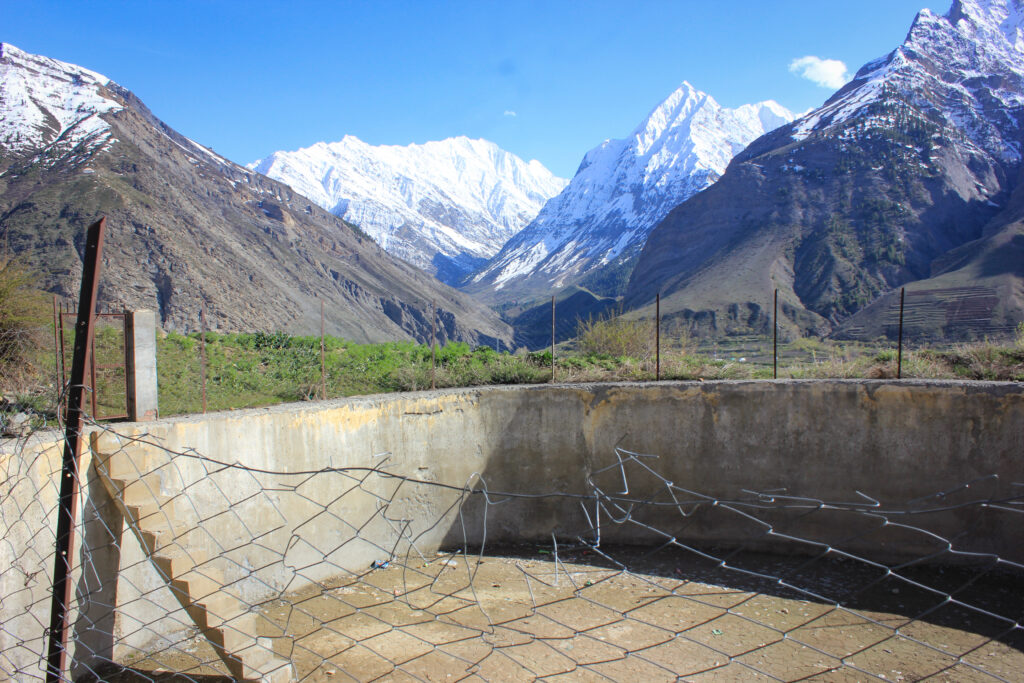
RFW: Tell us about your choices for on-the ground reporting. Why did you choose to trek all the way up the mountain with the pipeline workers? And what influences your decisions to follow a specific character in a story?
Rathore:A lot of it is in search of finding information, the other half is intuitive. With the pipeline workers, for instance, I was aware that in most circumstances, interviews from different government departments do not usually last for more than 20 minutes. Here, I was getting the chance of spending at least a few hours inside a jeep and then walking up a mountain to see how they make decisions, conduct surveys, and arrange for water at that height. I jumped at the opportunity.
It was through such impromptu decisions that I chose to travel 2 hours for a probable meeting with a forest ranger in Madhya Pradesh, where I ended up meeting one of the most senior officials of the cheetah project who agreed to speak with me over lunch. A different time in Rajasthan, someone told me about a camel herder who reared over a hundred camel, and I chose to meet him because I was curious to know how at a time when the camel population has crashed massively in the last ten years in Rajasthan, how and why he chose to rear these many.
For our story about migrants in Odisha, the choice was more conscious. There, I wanted to be able to speak with a family split across the states of Odisha and elsewhere due to the migration triggered by rising sea levels. So when I met families in Odisha, I was sure to explain to them what I wanted to do, and took the contact numbers of the male members who had moved out to different states. When I got back and looked at the notes, I found that a majority of them were migrating to Kerala, and so we narrowed down to one family, whose male member was in Kerala, and coordinated the next leg of travel with him.
